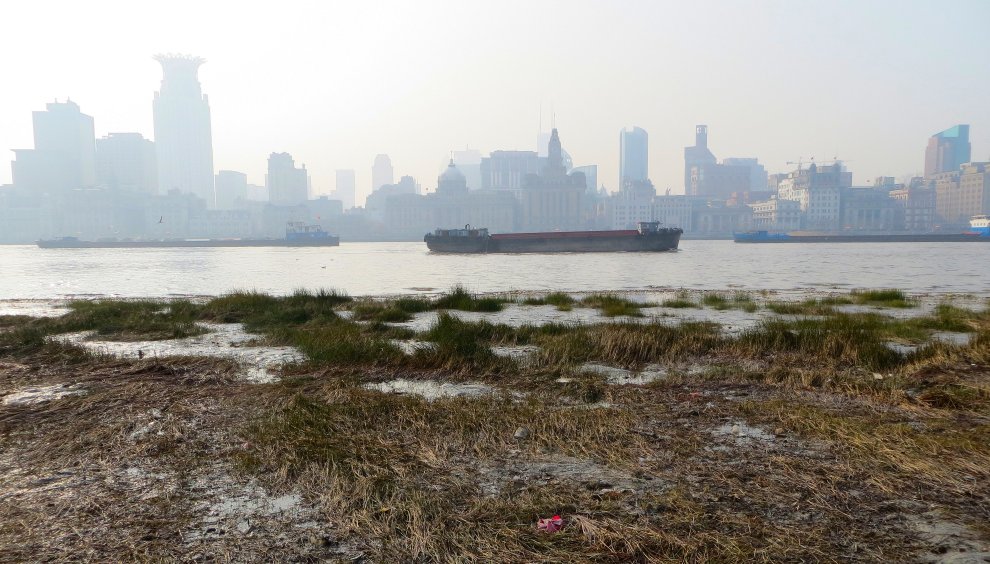Mighty river…
On my travels in other countries, some of the most evocative moments have been spent contemplating rivers. I’ve stood on O’Connell Bridge in Dublin and watched the (on that occasion very murky) waters of the Liffey and remember thinking, as I looked into its Guinness-coloured depths, that it must have been entirely James Joyce’s poetic imagination that produced such a beautiful name as Anna Livia Plurabelle. I’ve seen dhows swooping along the Nile, their single white sails bending gracefully to the breeze. I’ve marvelled at the massive businesslike barges speeding along the Danube, powerful and swift as crocodiles on the move. The bridges and embankments of the Seine are still vividly precious for their romance on our honeymoon. Closer to home, as I’ve written in a previous post, I’ve admired the spectacular night-time views from Waterloo Bridge in London as the Thames makes its sudden sweep to the East. And I still feel great affection for the dear, dirty River Welland that threads its way through the town of Spalding, much humbler than these great waterways, though still, in its day, a significant bringer of prosperity to the people who dwelt nearby, just like all the great rivers of the world.
Unsurprising then, that I should have been captivated by the magic of the great Yangtze, the fourth longest river in the world, as it pours itself at Shanghai into the East China Sea. Wide and fast-flowing, the Yangtze has brought traders to Shanghai for thousands of years, making it one of the world’s great cosmopolitan cities long before the rest of China emerged from its self-imposed insularity.
Even the Yangtze’s much smaller tributary, the Huangpu River that cuts right through the city centre, is a majestic waterway, which I visited first on a cold but sunny Sunday afternoon when people were promenading along the Bund, the waterfront area opposite Pudong, on a built-up walkway that enables walkers to get close to the river’s banks and where festive street food stalls abound.
Two days later, on a bitterly frosty but fine, clear evening, I was taken to the Huangpu’s junction with the Yangtze. On both occasions I was able to watch barge after nimble barge (they are longer and slenderer than the ones on the Danube) power by, almost as if in convoy, while the waters displaced by their passage lapped energetically against the shore. The barges and other ships are lit up in the evening, as is the spectacular Shanghai skyline that forms a backdrop to the Yangtze. The result is a profusion of golden lights that disport themselves against the inky blackness of the waters. The scene is dynamic, full of energy and passion, the legacy of very many years of trade, hard-won prosperity, daring, risk and chance and, I’m certain, not a little skulduggery and murder. The effect is by no means cosy, but it is exhilarating! At the back of my mind lurked the half-remembered knowledge that, in years gone by, to be ‘Shanghaied’ meant to be kidnapped and forced to serve as a sailor on board one of the many ships that plied their trade to the East and, ultimately, to Shanghai. I could imagine someone creeping up on a strong young man as he stood, unsuspecting, and rendering him unconscious; imagine his anguish as he awoke, his head sore, far out at sea, unable to tell his family and friends what had befallen him… that he was on his way to China.
Every river has a personality, which I think was James Joyce’s point about the Liffey. The Yangtze’s is particularly complex: on the one hand, it courses past Shanghai, bearing its gift to this great city of enterprise and generations of toleration for many creeds and cultures; on the other, it penetrates deep into a country that until recent times was secret, withdrawn, enclosed and shut away from all outside influence.
All text and photographs on this website © Christina James



